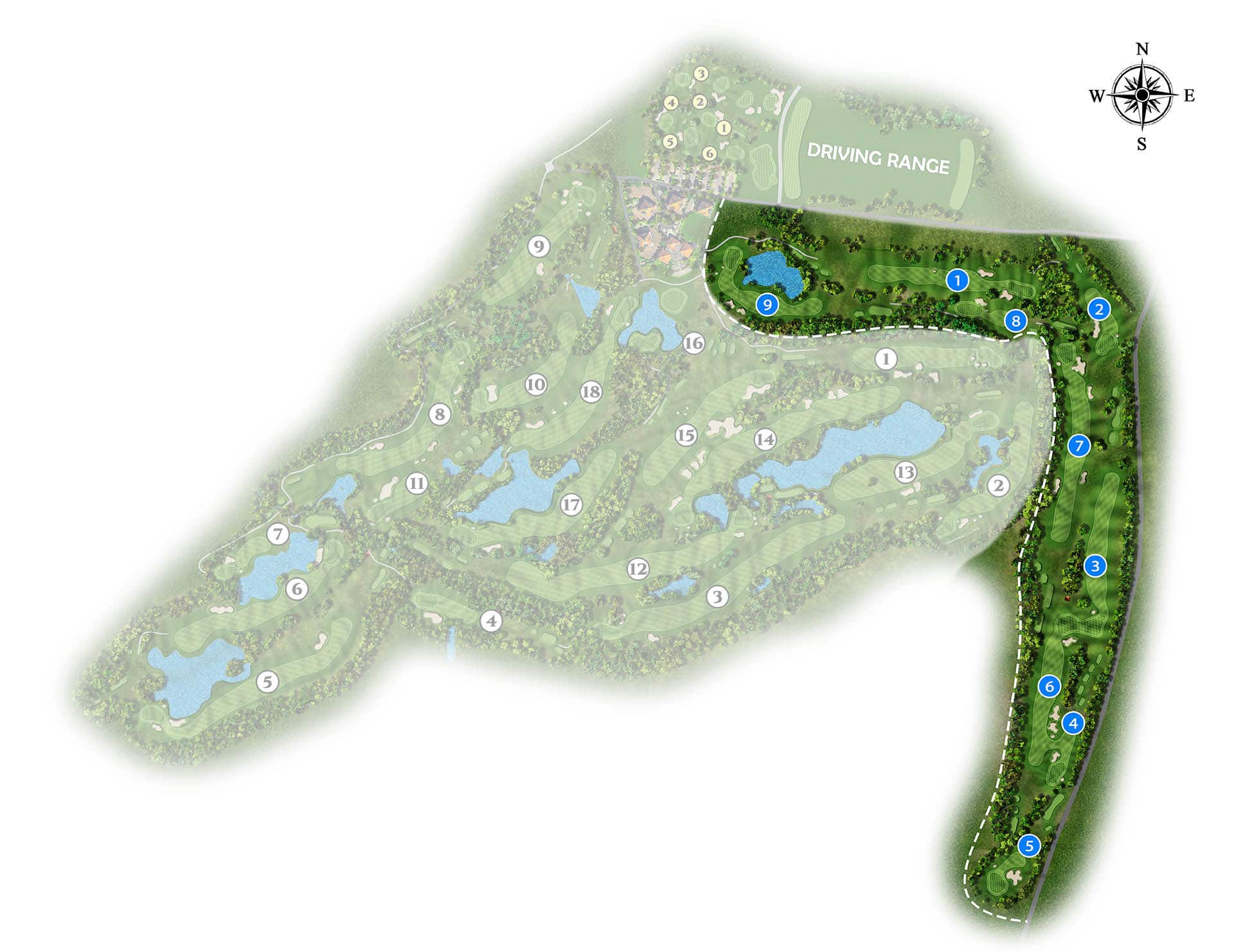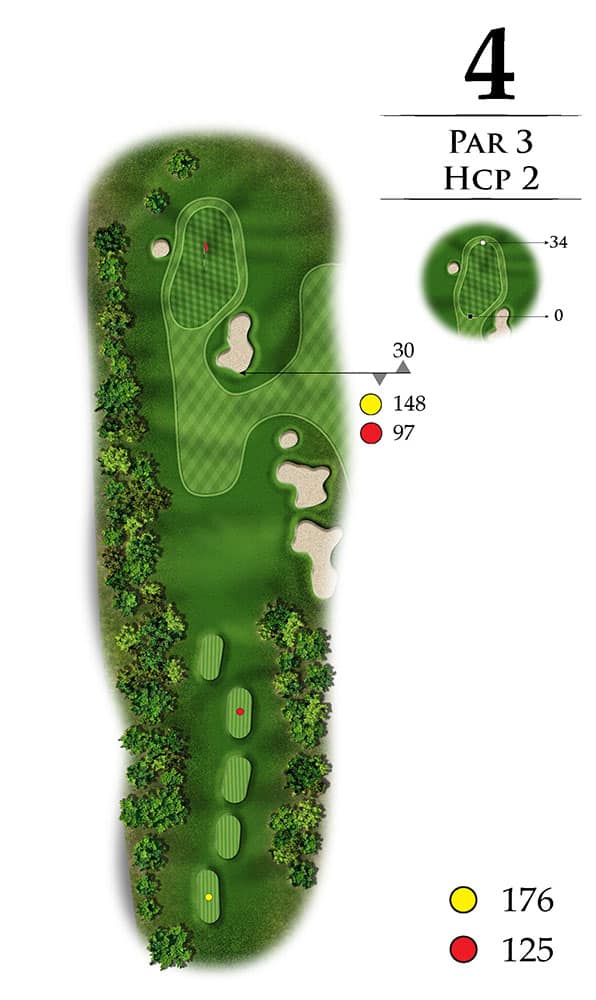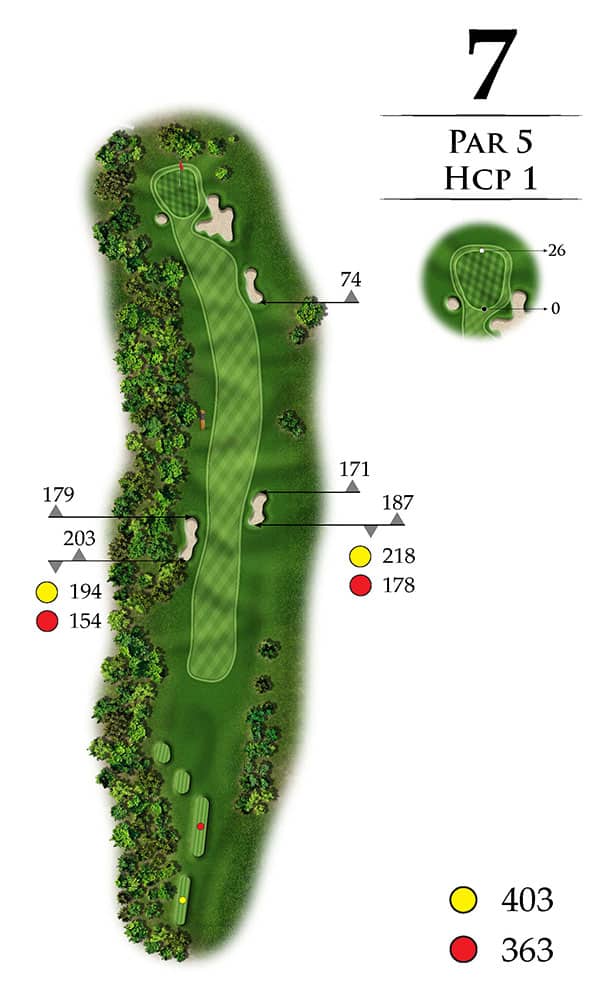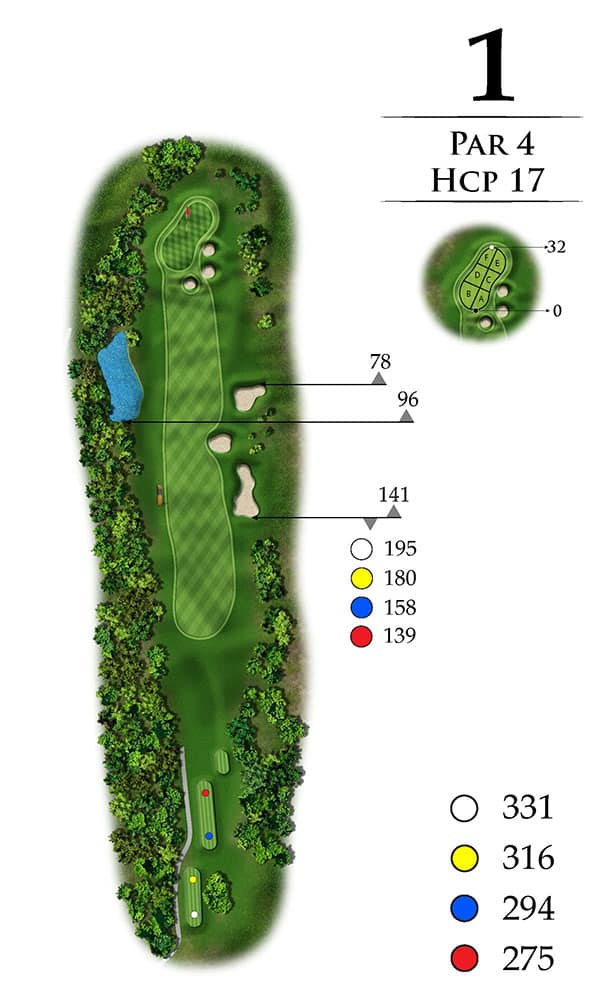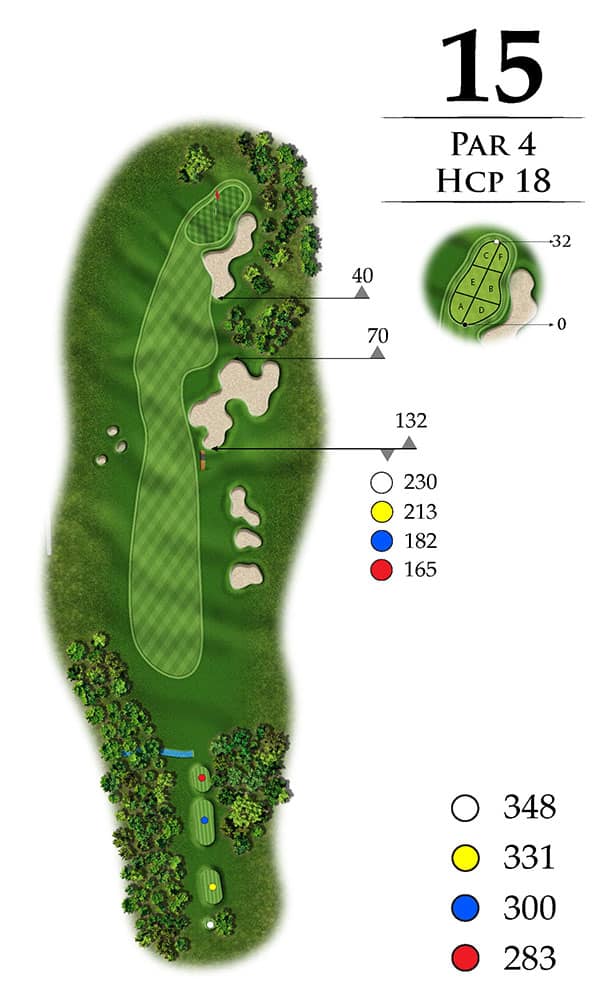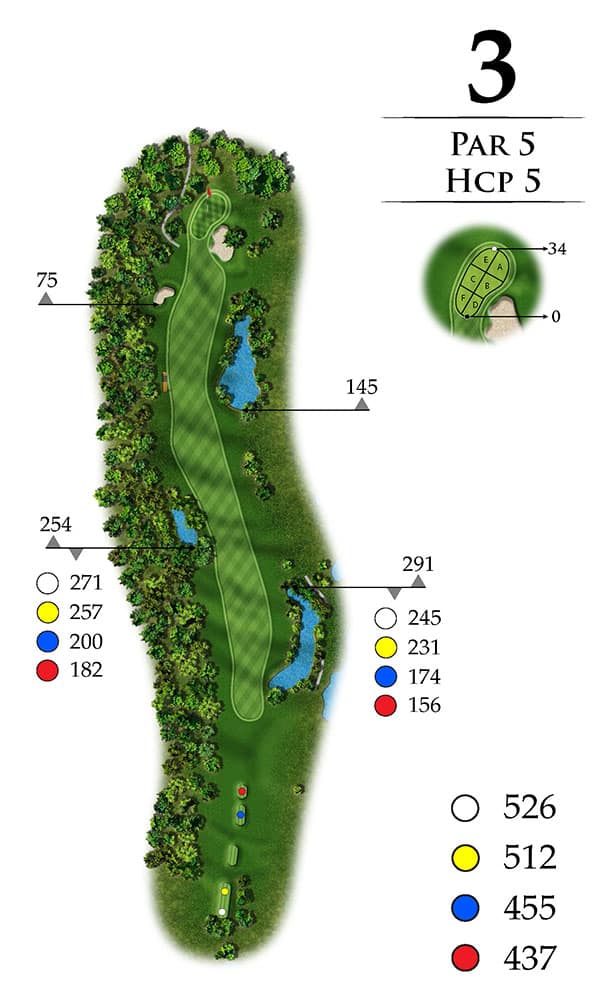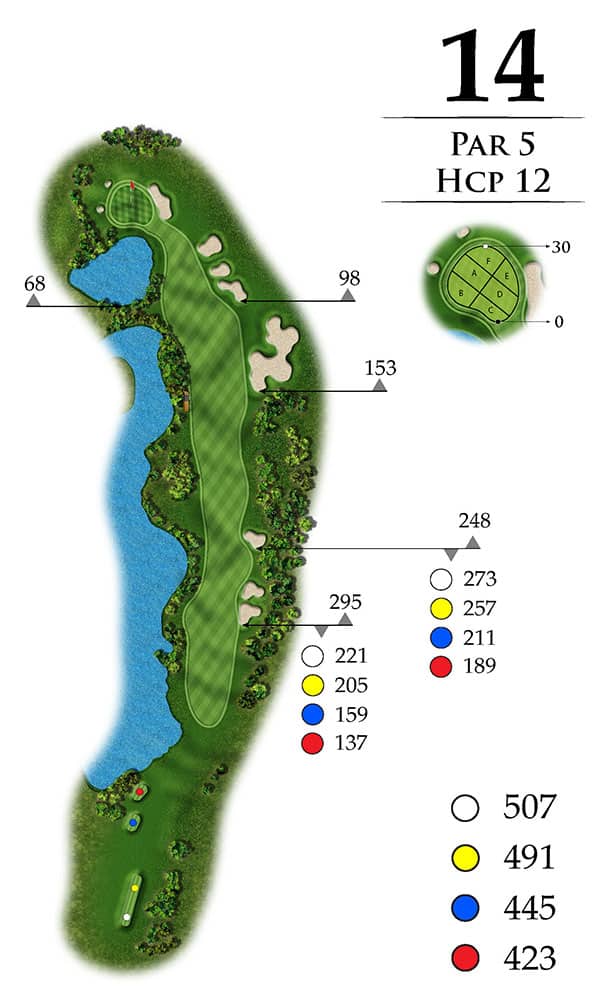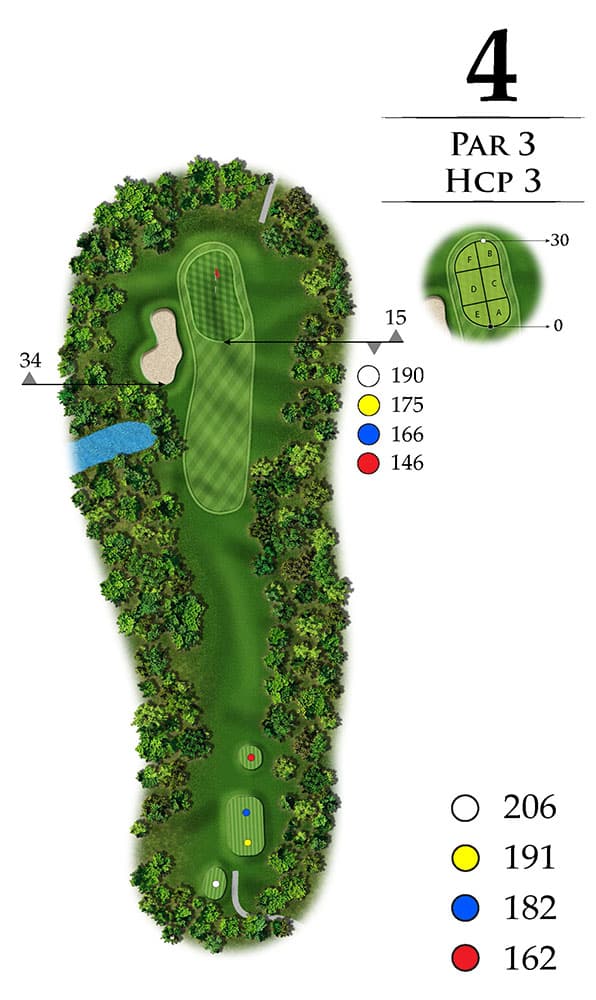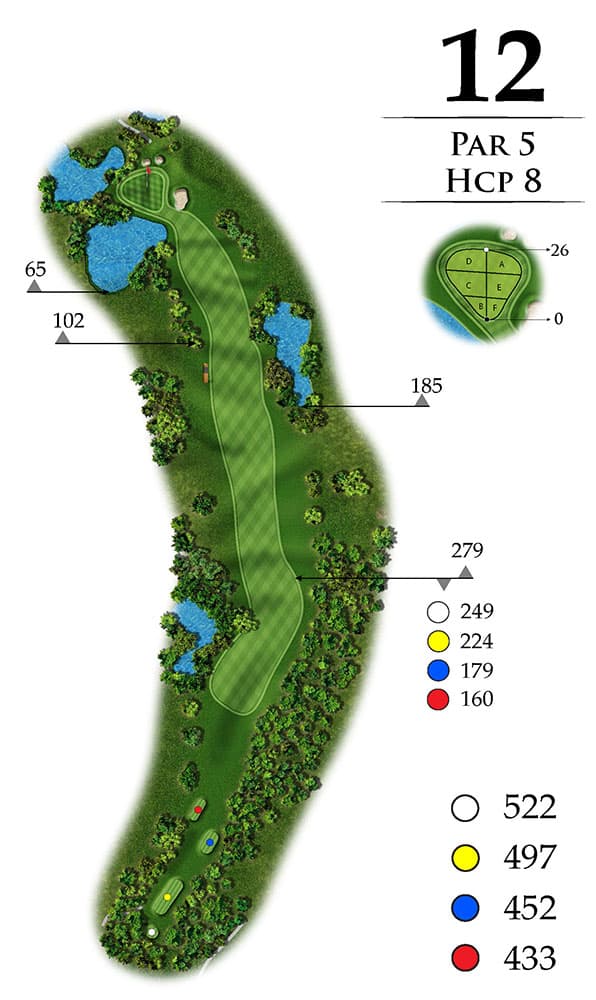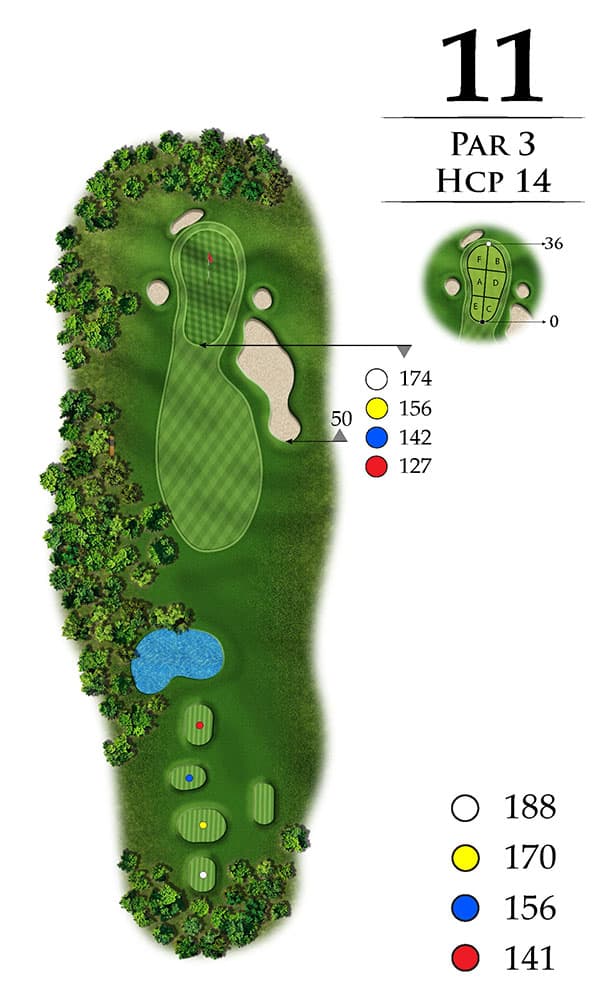GOLF CLUB SOUFFLENHEIM
9-hole course
Our 9-hole course, par 33 (for one round), is ideal to prepare for the challenges of the bigger course. It is also an excellent place for novices to perfect their skills.
It allows beginners who have already acquired their “Carte Verte” (Golf Course Mature) to take part in their first golf competition.
It allows beginners and less experienced players to get their first taste of winning. Part of the appeal for these players is that only one of the holes includes a tricky water hazard.
Even good players enjoy a round on the course as it gives them an opportunity to hone their short game and approach shots.
The distances between the tees and the pins vary between 151 m and 403 m (compare with the longest hole on the 18-hole course where the men have to cover a distance of 526 m from the white tee to the pin).
The elaborate design of the greens means that this course can be played all year round on so-called “summer greens”.
It is approved for children’s and junior competitions.
It is accessible by golf cart, weather permitting.
Discover the 9 holes
Click on the numbers (holes) for more information.

